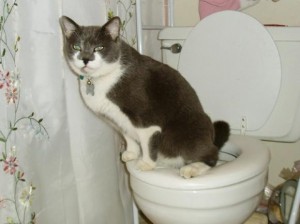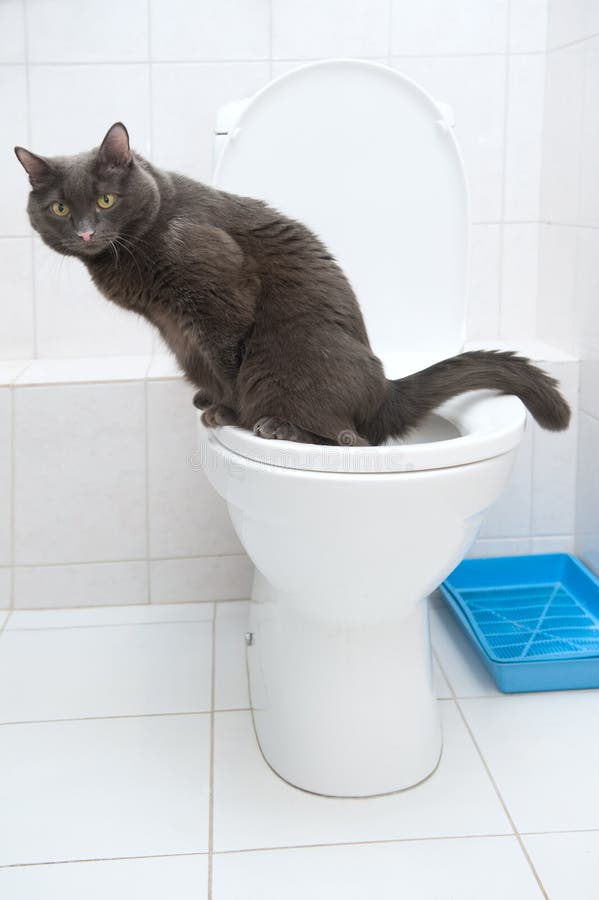We have uncovered this article on How to Dispose of Cat Poop and Litter Without Plastic Bags below on the web and accepted it made good sense to talk about it with you over here.

Introduction
As feline proprietors, it's important to be mindful of just how we throw away our feline pals' waste. While it might appear convenient to purge feline poop down the commode, this practice can have damaging consequences for both the setting and human health and wellness.
Ecological Impact
Purging pet cat poop presents damaging virus and parasites right into the water, presenting a significant danger to aquatic ecosystems. These impurities can negatively affect aquatic life and compromise water high quality.
Wellness Risks
In addition to environmental problems, purging feline waste can also position health risks to people. Cat feces may have Toxoplasma gondii, a parasite that can cause toxoplasmosis-- a possibly extreme ailment, particularly for pregnant females and people with weakened immune systems.
Alternatives to Flushing
Fortunately, there are much safer and much more accountable means to take care of feline poop. Think about the complying with options:
1. Scoop and Dispose in Trash
The most common method of disposing of cat poop is to scoop it right into a naturally degradable bag and toss it in the garbage. Make certain to make use of a specialized litter scoop and take care of the waste promptly.
2. Use Biodegradable Litter
Opt for biodegradable cat litter made from products such as corn or wheat. These litters are eco-friendly and can be securely disposed of in the trash.
3. Hide in the Yard
If you have a backyard, take into consideration burying feline waste in a marked area away from vegetable gardens and water sources. Make certain to dig deep enough to prevent contamination of groundwater.
4. Set Up a Pet Waste Disposal System
Buy an animal waste disposal system particularly developed for feline waste. These systems make use of enzymes to break down the waste, reducing odor and environmental influence.
Verdict
Liable pet dog possession expands past giving food and sanctuary-- it additionally entails appropriate waste administration. By refraining from purging pet cat poop down the bathroom and choosing alternative disposal methods, we can decrease our environmental footprint and safeguard human health.
Why Can’t I Flush Cat Poop?
It Spreads a Parasite
Cats are frequently infected with a parasite called toxoplasma gondii. The parasite causes an infection called toxoplasmosis. It is usually harmless to cats. The parasite only uses cat poop as a host for its eggs. Otherwise, the cat’s immune system usually keeps the infection at low enough levels to maintain its own health. But it does not stop the develop of eggs. These eggs are tiny and surprisingly tough. They may survive for a year before they begin to grow. But that’s the problem.
Our wastewater system is not designed to deal with toxoplasmosis eggs. Instead, most eggs will flush from your toilet into sewers and wastewater management plants. After the sewage is treated for many other harmful things in it, it is typically released into local rivers, lakes, or oceans. Here, the toxoplasmosis eggs can find new hosts, including starfish, crabs, otters, and many other wildlife. For many, this is a significant risk to their health. Toxoplasmosis can also end up infecting water sources that are important for agriculture, which means our deer, pigs, and sheep can get infected too.
Is There Risk to Humans?
There can be a risk to human life from flushing cat poop down the toilet. If you do so, the parasites from your cat’s poop can end up in shellfish, game animals, or livestock. If this meat is then served raw or undercooked, the people who eat it can get sick.
In fact, according to the CDC, 40 million people in the United States are infected with toxoplasma gondii. They get it from exposure to infected seafood, or from some kind of cat poop contamination, like drinking from a stream that is contaminated or touching anything that has come into contact with cat poop. That includes just cleaning a cat litter box.
Most people who get infected with these parasites will not develop any symptoms. However, for pregnant women or for those with compromised immune systems, the parasite can cause severe health problems.
How to Handle Cat Poop
The best way to handle cat poop is actually to clean the box more often. The eggs that the parasite sheds will not become active until one to five days after the cat poops. That means that if you clean daily, you’re much less likely to come into direct contact with infectious eggs.
That said, always dispose of cat poop in the garbage and not down the toilet. Wash your hands before and after you clean the litter box, and bring the bag of poop right outside to your garbage bins.
https://trenchlesssolutionsusa.com/why-cant-i-flush-cat-poop/

We had been made aware of that editorial on Can You Flush Cat Poo or Litter Down the Toilet? through an acquaintance on a different site. For those who liked our blog entry please remember to pass it around. Thank you for your time. Please visit our website back soon.
This Post